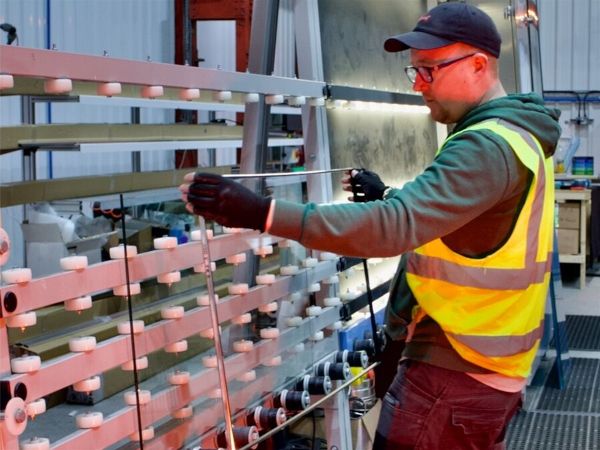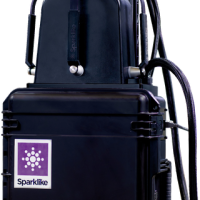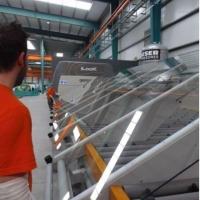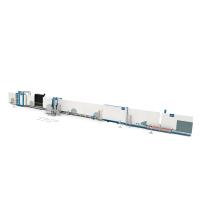
Date: 16 August 2024
Part of our service to IGU manufacturers includes consultation on the manufacturing process.
It can be a difficult line to tread, because while we supply the components, experienced technicians manufacture the units. But while manufacturing techniques can remain unchanged for many years, our products undergo regular updates and improvements.
Some of these require new handling techniques, or care must be taken over possible cross contamination between components. It can be any number of things, but the same point remains: as individual components are improved, the manufacturing process needs to keep pace.
So, by discussing the manufacturing process with our customers, we can ensure the IGUs are manufactured without errors and that they continue to exceed their expected lifespans.
We also do this because we sometimes hear of conflicting advice from consultants. For example, someone recently told me that the barrier tape we apply to the spacer bar “doesn’t do anything”.
It actually helps form part of the impermeable gas barrier, and without it, the unit would soon empty of gas, making it thermally inefficient and non-compliant.
We do sell bar without tape, but this is used as an insert or for use in non-gas-filled units – which we state quite clearly.
Every day is a school day
And then we have to educate on best practice, even when what we say isn’t backed up by industry standards.
For example, one problem that plagues many products currently is thermal expansion.
There are warm edge products on the market that have exceptionally low thermal conductivity, but can have linear thermal expansion of up to 20%. Imagine a 50cm bar extending (or trying to extend) by up to 10cm on a hot day while in a unit. The likely buckling and crackling will result in a failed unit – especially over repeated cycles.
We are working with policy makers to have this issue rectified, because it can be a serious problem, especially on south-facing facades.
Another issue is ‘plasticiser migration’, which typically comes from secondary sealants. This is an issue that has arisen because of the increasing demand for lower prices. When I started in this industry more than three decades ago, two-part products had 28% polymer content, which ensured long-term performance.
Now they go as low as 18%, which means there is little room for error when mixing the components. If so, and higher than average temperatures occur in south-facing windows, misting can more readily occur within the unit, leaving manufacturers scratching their heads wondering what the cause is.
Through regular testing of our components, and of other components on the market, we know that the chemicals in secondary sealants can be influenced by other products they come into contact with in the unit when they reach certain temperatures.
For example, some adhesives on some protective tapes stuck to the secondary sealant or silicones used to glaze IGU into frames can affect the gaskets as well as long term IG performance.
Since we test our products together, we know that units made with our components don’t have this problem. But these issues can occur, and we can discuss them with IGU manufacturers and explain how they can be avoided.
The glass industry is constantly developing, which means manufacturing techniques need to keep pace.
For more information, please visit www.thermosealgroup.com, or call 0121 331 3955.
 600450
600450


















Add new comment